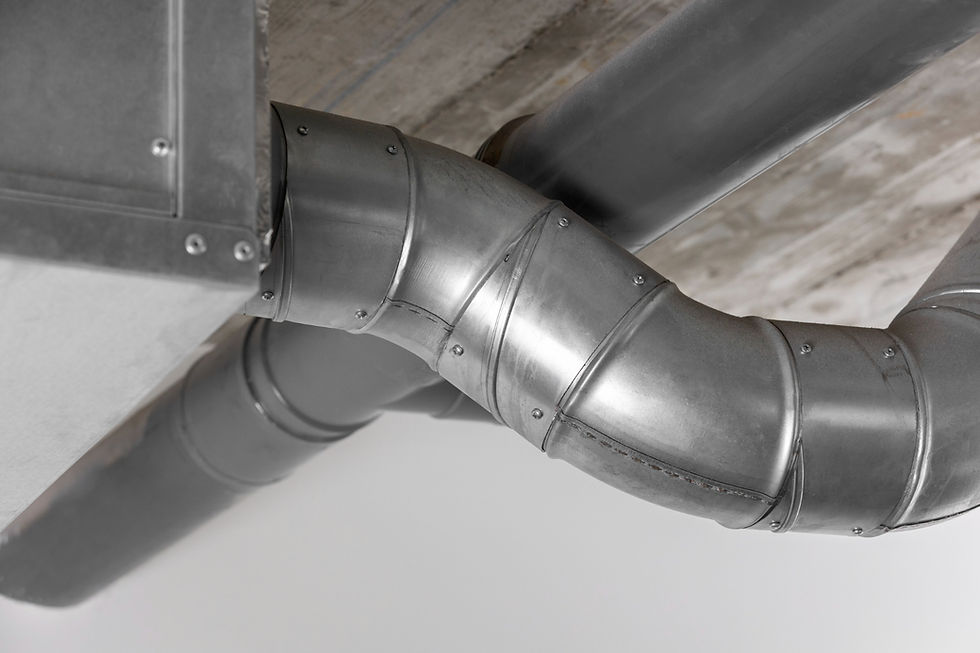Mini Blog Series: The Preparation of Pipes Prior to Welding - Why It Matters and How to Do It Right
- josh61940
- Jul 22
- 2 min read

When it comes to welding, success isn’t just about the skill of the welder or the power of the equipment. It starts long before the arc is struck. Proper preparation of pipes is a crucial step that ensures strong, clean and reliable welds. In fact, overlooking preparation can lead to costly defects, wasted time and safety risks.
At RentArc, we understand the importance of doing the job right first time. Here’s a closer look at why pipe preparation matters and how to get it right.
Why Pipe Preparation is Essential
Welding pipes presents its own unique challenges. Unlike flat plates (flat sheets of metal), pipes must withstand internal pressure and often transport hazardous or high-temperature materials.
Any sign of a single weak weld could compromise the entire system. Proper preparation helps:
Ensure a clean surface, free from contaminants like oil, rust or paint that can lead to porosity or weak welds.
Achieve the correct fit-up and alignment, which minimises gaps and ensures even weld penetration.
Prevent inclusions or slag that weaken the weld.
Good preparation = Good weld integrity.
Key Steps in Pipe Preparation
Here are the four key steps every welder should follow before striking the arc:
1. Cleaning the Pipe Surface
Any dirt, oil, rust, paint or scale on the pipe surface can contaminate the molten metal AKA weld pool. Clean the outside and inside edges of the pipe thoroughly using wire brushes, grinders or chemical cleaners. In some industries, solvent cleaning may also be required to remove stubborn oils.
2. Bevelling the Ends
Proper bevelling of pipe ends is critical to achieve full penetration and a strong weld. The bevel angle depends on the pipe thickness and welding process but typically ranges between 30°–37.5°. Consistency is key, any uneven bevels can cause gaps or poor fit-up.
3. Fitting and Aligning the Pipes
Once bevelled, pipes need to be aligned precisely to maintain the correct root gap and prevent misalignment. Use pipe clamps, jigs or tack welds to hold them in position. Checking alignment with gauges or straight edges ensures that the weld will be uniform around the circumference.
4. Removing Oxides and Debris
After bevelling and fitting, clean the joint area again to remove any oxides, burrs or grinding dust. This step is often overlooked but can make the difference between a defect-free weld and one that fails inspection.
Why It Pays to Take Your Time
Taking the time to prepare pipes properly can save hours of rework later. It also ensures compliance with standards, whether you’re working to BS, BS EN, ISO or other codes. Over the years at RentArc, we have seen first-hand how well-prepared welders, have produced the highest quality of work with less downtime.
RentArc: Supporting Your Welding Success
Whether you’re tackling a pipeline, a high-pressure vessel or everyday fabrication projects, RentArc has the equipment and expertise to help you deliver. From high-quality welding machines and pipe preparation tools to expert advice, we’re here to support your work, every step of the way.
Explore our rental options and special offers today to get the tools you need to prepare and weld with confidence.
Rentarc – Keeping Welders Welding

